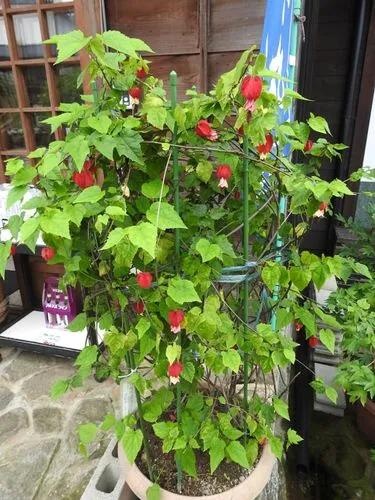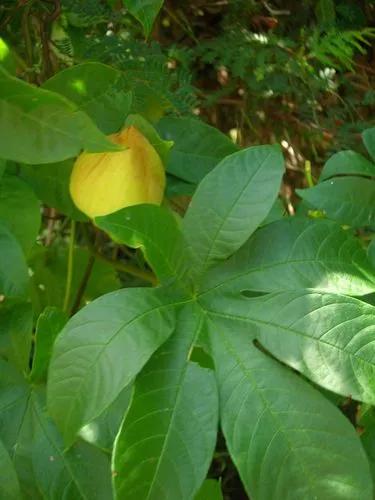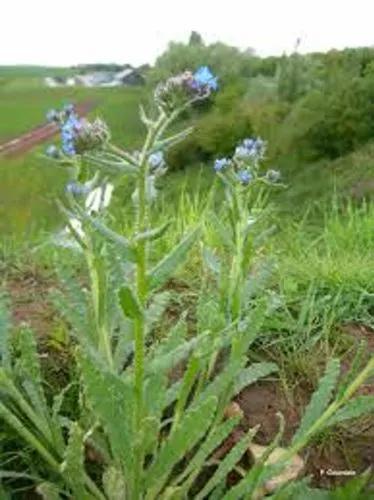Plumeria is a stunning and fragrant flower that is a popular choice for bridal bouquets. It's a tropical plant with an interesting history and several distinct characteristics that make it ideal for any special occasion.
White Frangipani Care
Plumeria pudica



White Frangipani (Plumeria pudica) is a popular choice for wedding flowers due to its fragrant, showy blooms. This tropical plant, native to the Caribbean and Central America, represents life and its fragility, are used in traditional Hawaiian leis. Flowers are also used to express love and affection in the Tahitian and Samoan cultures.
To identify a White Plumeria, look for a small tree or shrub with glossy, dark green leaves and clusters of fragrant, funnel-shaped flowers ranging from white to yellow to pink to red. The flowers typically bloom from spring to fall.
How to Care for the Plant

Water

Watering should be done on a regular basis, but be careful not to overwater the plant. It should be watered whenever the soil becomes dry, and it is a good idea to check the soil regularly to ensure that it is not overly saturated.

Pruning

Pruning is essential for keeping Plumerias looking their best. Pruning the plant is best done in late spring to early summer.

Fertilizer

Fertilizing is not required for Plumeria, but it will help to keep them healthy and encourage blooming. A balanced fertilizer should be applied every two to four weeks during the growing season.

Sunlight

These flowers require a lot of indirect sunlight to thrive. Aim for at least 6 hours of indirect sunlight per day, and keep the plant out of direct midday sunlight, which can scorch its leaves.

Soil

This flower prefers a well-draining, slightly acidic soil mix, such as potting soil and perlite or coarse sand mixed in equal parts. To help the plant get off to a good start, you can also add a slow-release fertilizer to the soil when planting.

Propagation

You can start new plants from cuttings taken from a mature Plumeria. Cut a healthy, non-flowering stem just below a leaf node using a sharp, sterilized knife. Remove the lower leaves from the cutting and soak them in the rooting hormone. Plant the cutting in a moist soil mix and keep it moist until it takes root.

Temperature

The plant thrives at temperatures ranging from 60-90°F (16-32°C). They can withstand temperatures both above and below this range, but they may be more susceptible to disease.

Container

Plumeria plants should be grown in a pot or container with a diameter of at least 1 ft (30 cm). The container should have drainage holes to allow excess water to escape.

Fun fact

The national flower of Laos, Plumeria, is well-known for its frequent use in the country's customary wedding rituals. In many cultures, they are also related to love and positivity.

Popularity

1,528 people already have this plant 207 people have added this plant to their wishlists
Discover more plants with the list below
Popular articles






